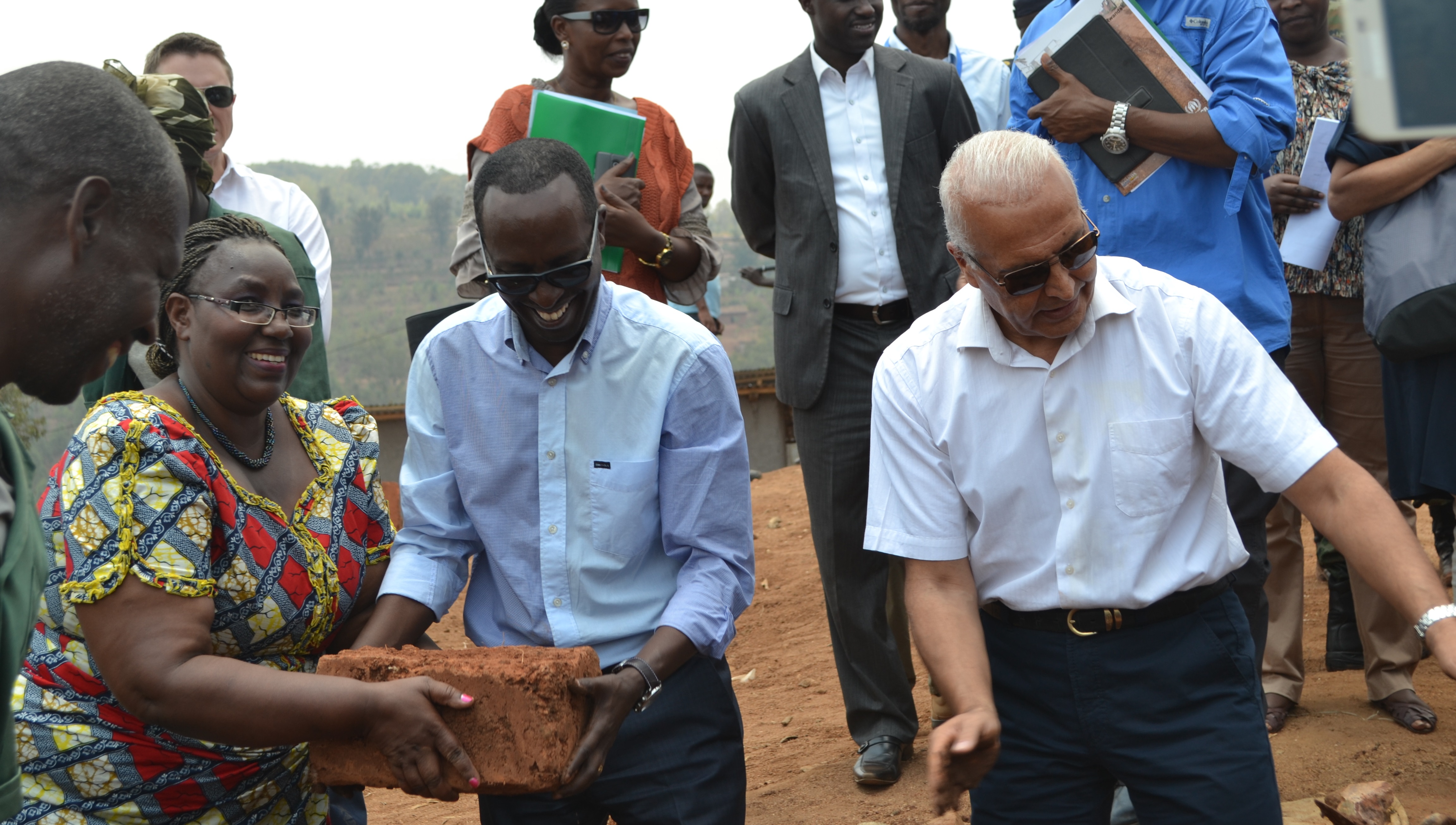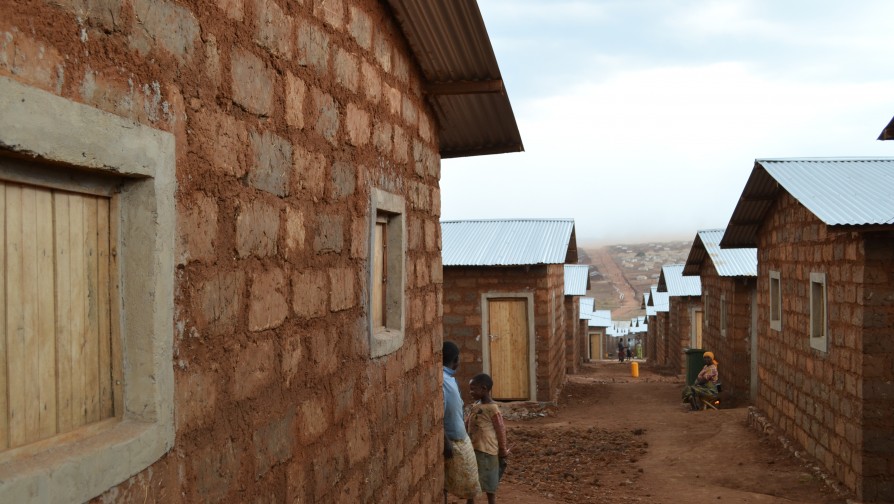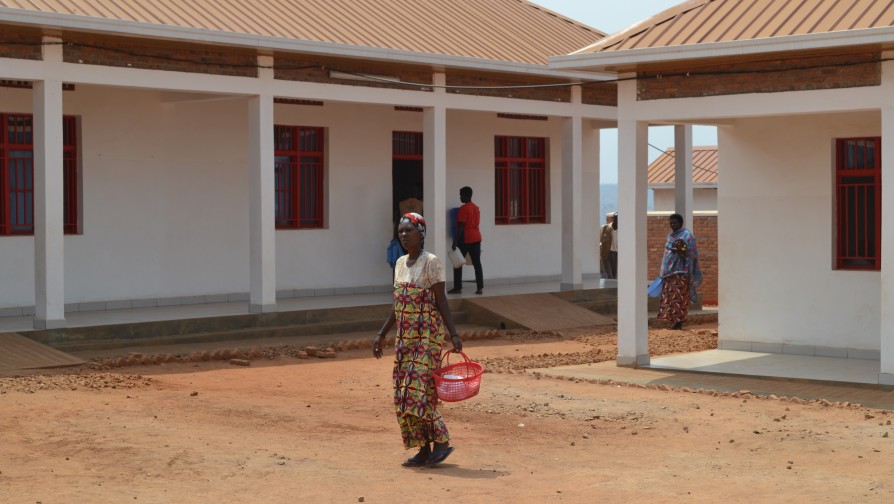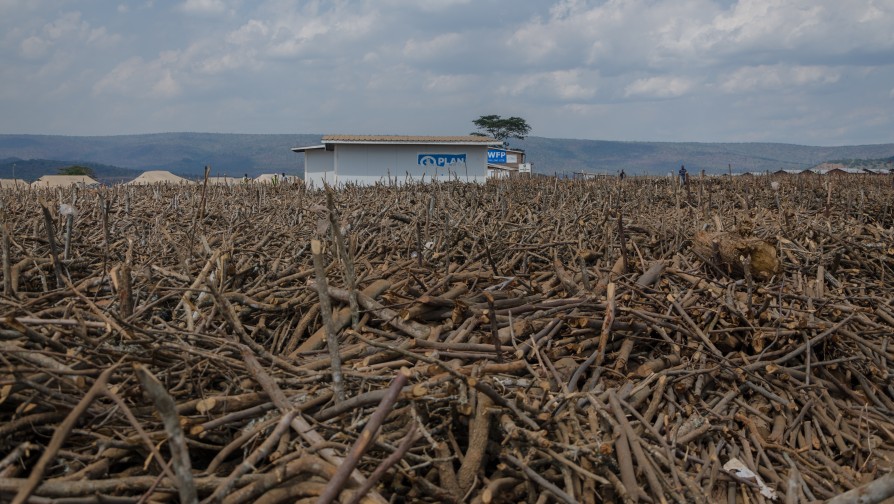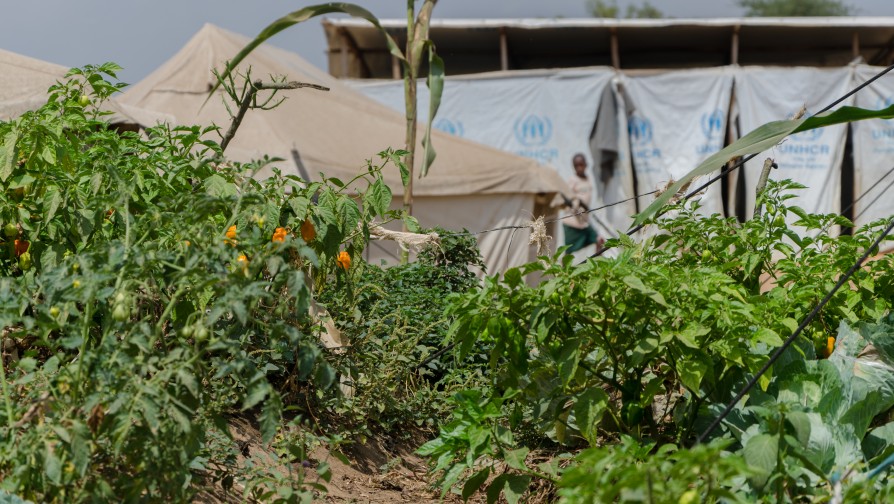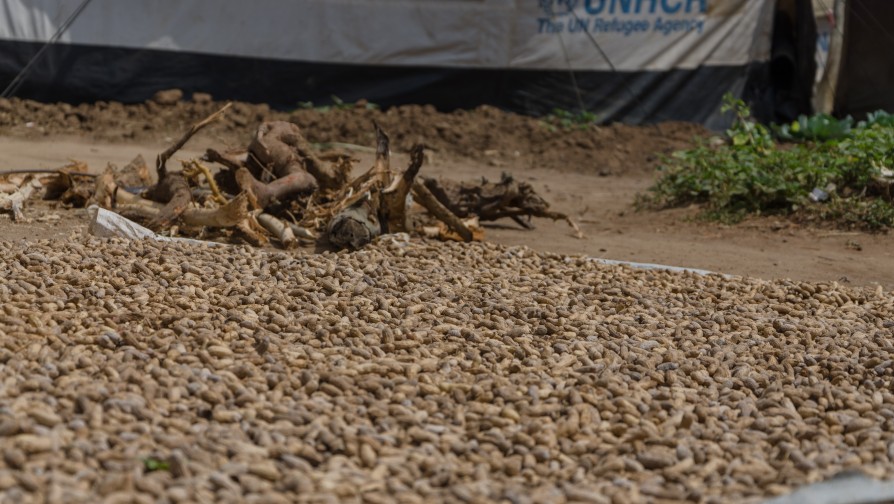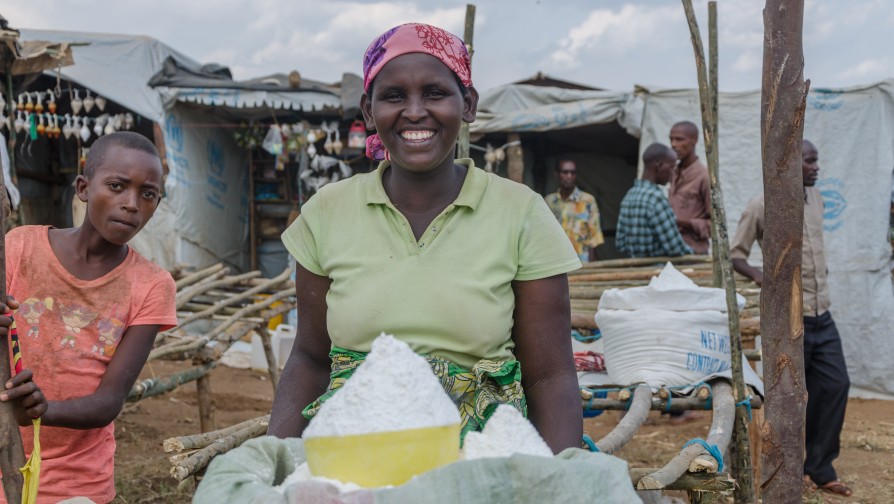Mahama: Now a Safe Haven for over 50,000 Burundian refugees
Mahama refugee camp population reached 50,233 by 9/09/2016. This camp hosts Burundian refugees. It is located in the Eastern Province, the 6th refugee camp, the youngest and the biggest refugee camp in Rwanda, which despite its small size and densely populated territory, is hosting 164,561 refugees in total, who are primarily from Burundi and Democratic Republic of Congo.
As of 09th September 2016, the population of Mahama Camp, hosting Burundian refugees, reached 50,233. Mahama, which is located in the Eastern Province, is the sixth refugee camp in Rwanda, which despite its small size and densely populated territory, is hosting 164,561 refugees in total, who are primarily from Burundi and Democratic Republic of Congo.
While Burundian refugees continue to arrive daily, fleeing violence and insecurity, the large majority have been living in Mahama for over one year, many since the camp opened in April 2015. In fact the camp is so big—it has as many inhabitants as Muhanga, the sixth town in Rwanda—that it has become a de facto city, with two health centres, a school, a bus line and market full of small businesses.
The mere existence of Mahama camp is a sign of the generosity of the host nation, Rwanda, which has kept its borders open to fleeing refugees for two decades. Locals have dubbed Mahama Camp as the “13th sector” of the district, with the mayor recently referring to the MIDIMAR Camp Manager and UNHCR Head of Field Office as the de facto local Executive Secretaries—prestigious terminologies reserved for local government administrators.
A walkthrough in Mahama refugee camp:
Shelters:
With 50,000 refugees in less than a year and a half, Mahama Camp is still in transition. At the onset of the emergency, UNHCR established tents and communal hangars for all refugees, which were neatly arranged in small communities, and all services were provided in temporary structures made of plastic sheeting and poles. The same was the case for schools, toilet structures, health posts, community centres and even the offices used by humanitarian workers. Through a strategic plan and generous contributions from donors and partners, Mahama is being transformed into a modern camp with semi-permanent structures and innovative response plans. The vision is to see these refugee families become self-reliant and full of hope, for their future.
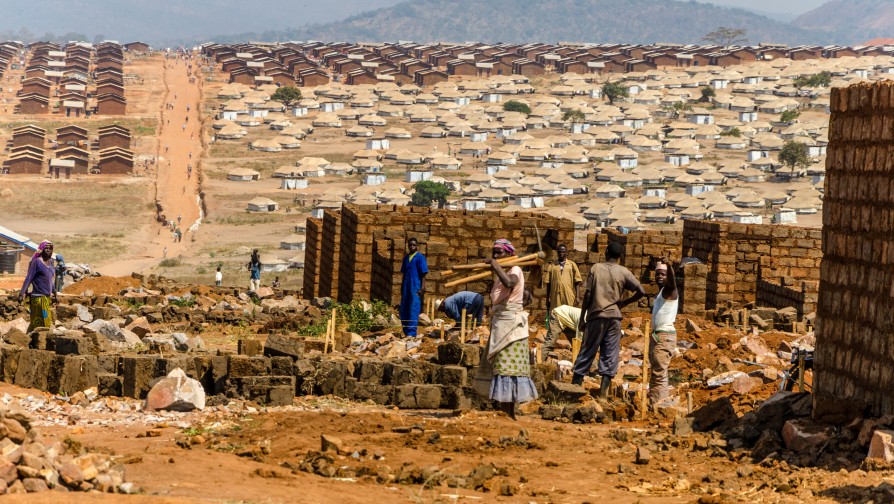
Construction of New semi-permanent shelters in Mahama Refugee camp [Photo/ UNHCR – Shaban Masengesho]
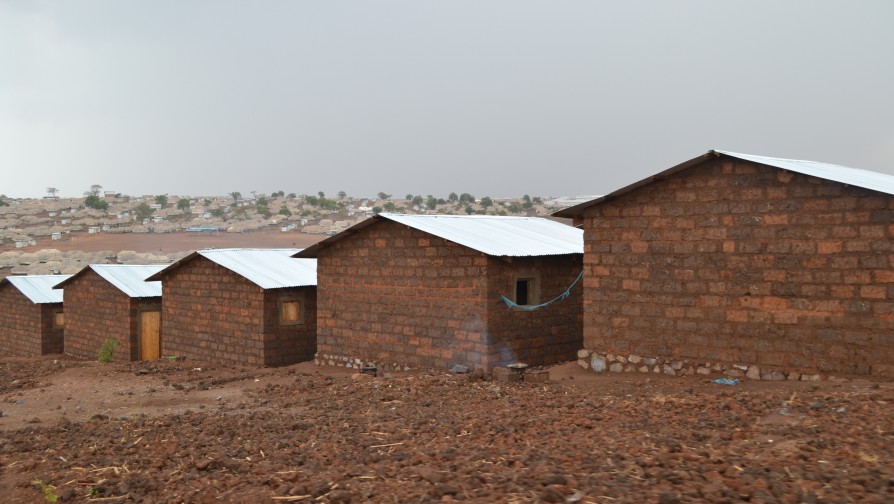
Mahama refugee camp: Occupied new semi-permanent shelters built in mud brick with sheets [Photo/ UNHCR – Eugene Sibomana]
A Day in Mahama:
Mahama early morning: the sound of megaphones. These are community mobilizers, urging students not to be late for school. Like an alarm clock, it triggers an immediate reaction with hundreds of children streaming out of their shelters, making their way to the classes within and outside the camp. Early Childhood Development (ECD) and level 1 and 2 of primary education classes are held within the camp, whereas level 3 through secondary students form an army of blue (due to the colour of school uniforms) as they trickle down the main camp roads to the local school just outside the camp, “Paysannat.” Since UNHCR and ADRA constructed 112 classrooms in this school, today it hosts 11,396 students, both nationals and Burundians. This has made it the largest school in the country.
By 8am, the camp is alive with refugees at the water points, children dashing to the child friendly centres, women cooking in the communal kitchens and men dashing to the various construction sites within and outside the camp, closely followed, as if on cue, by a stream of cars ferrying humanitarian workers entering Mahama.
With the smoke rising to the skies from the homes and communal kitchens within the camp, the village of more than fifty thousand refugees, that day, live then with numerous activities, song and dance for the next eight hours or so.
Humanitarian Aid in Mahama
Mahama refugee camp has an array of unique attributes and the humanitarian team takes on the daily challenges at the camps with a lot of optimism. Each Thursday, UNHCR and MIDIMAR lead the 14 project partners and UN Agencies in a lively meeting, where challenges, success stories and new opportunities are shared. It’s here as well where innovations are developed and discussed and strategies formed.
Mahama offers a chance for all voices to be heard. In addition to weekly sector meetings, a town hall meeting with refugee leaders, a monthly meeting with children, meetings at village level are held. In addition, refugees get a chance to interact freely with the numerous visitors who frequent the camp. The camp is divided into 25 villages with a minimum of seven leaders in each. 251 leaders and over 300 community mobilizers set the stage for a well-organized village leadership structure where voices of the now more than 50,000 refugees can be heard.
For more information on the interagency response to the Burundian refugee emergency in Rwanda please see the Refugee Response Plan, available at http://www.unhcr.org/555f1dfe9.html.
Paul Kenya
UNHCR Rwanda
Mahama refugee camp in Pictures:
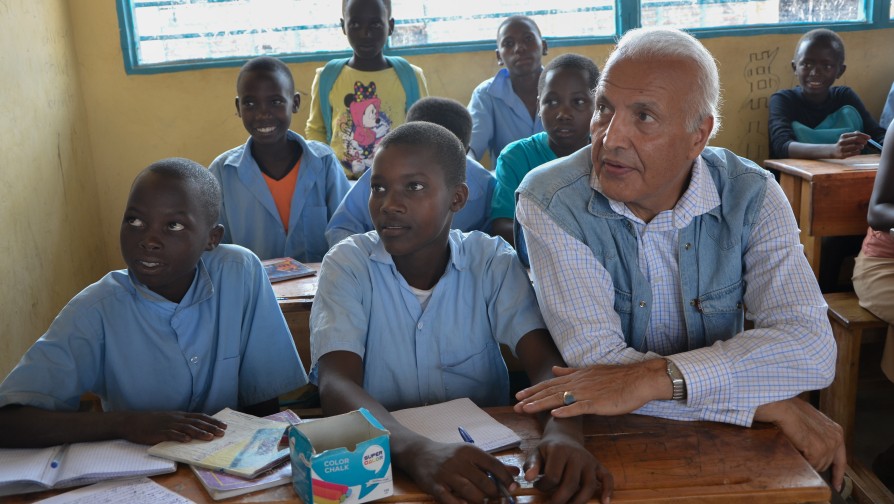
UNHCR – Rwanda Operation Representative, Mr. Azam Saber in a classroom with refugee student at Paysannat school [Photo/ UNHCR – Eugene Sibomana]
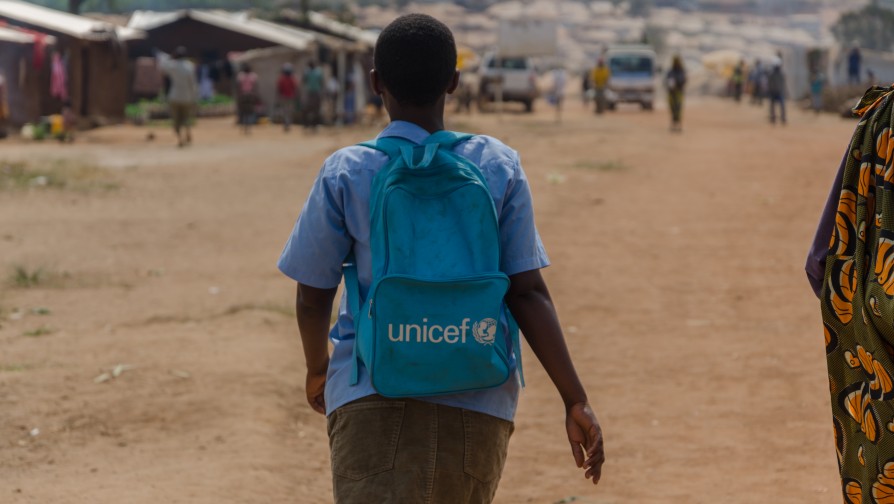
Mahama refugee camp: a young refugee girl back from school [Photo/ UNHCR – Shaban Masengesho]
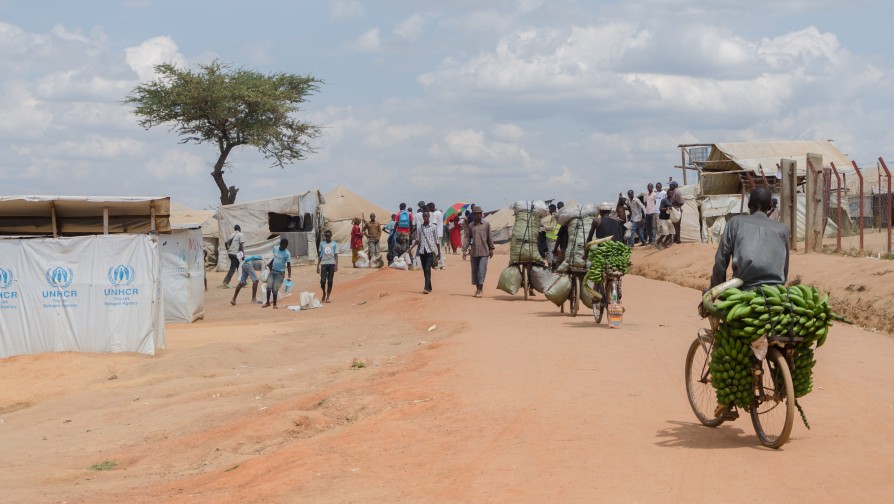
More than fifty thousand refugees, Mahama day lives with numerous activities, song and dance for the next eight hours or so. – People procuring bananas on bicycles. [Photo/ UNHCR – Shaban Masengesho]
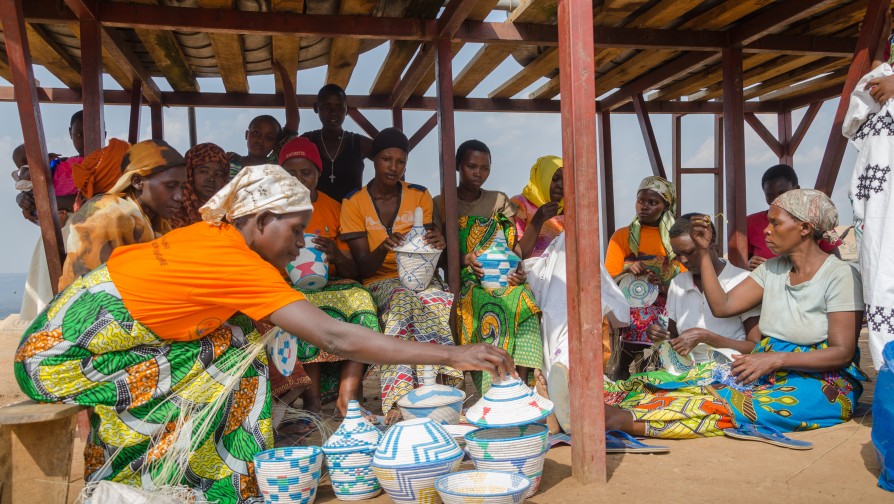
After several months of harsh living conditions in Mahama refugee camp, refugee women formed “Initiative Feminine Cooperative”, where they make handcrafts: sewing traditional patterned textiles and hand-woven baskets [Agaseke]. [Photo/ UNHCR – Shaban Masengesho]
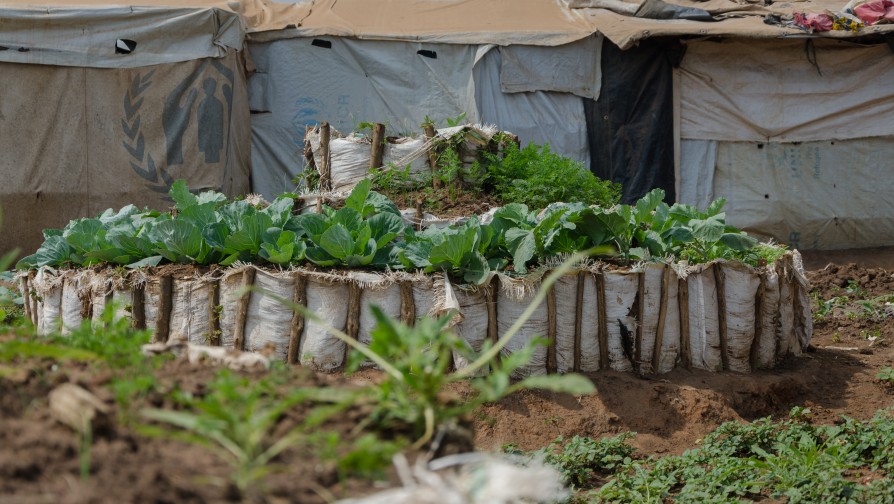
Kitchen gardens are playing a primordial role in nutrition for refugees in Mahama refugee camp [Photo/ UNHCR – Shaban Masengesho]
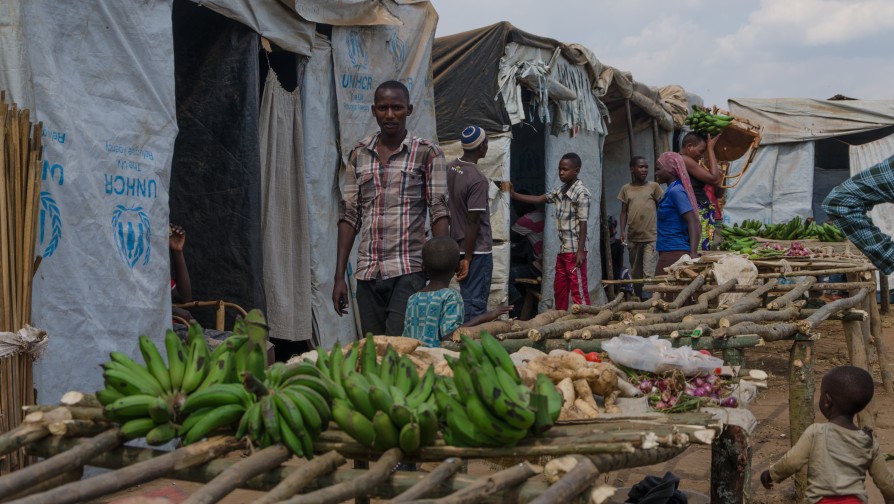
Mahama refugee market, an opportunity set in order to create jobs, promote self-employment and ensuring better nutrition for refugee children, etc. [Photo/ UNHCR – Shaban Masengesho]
See also
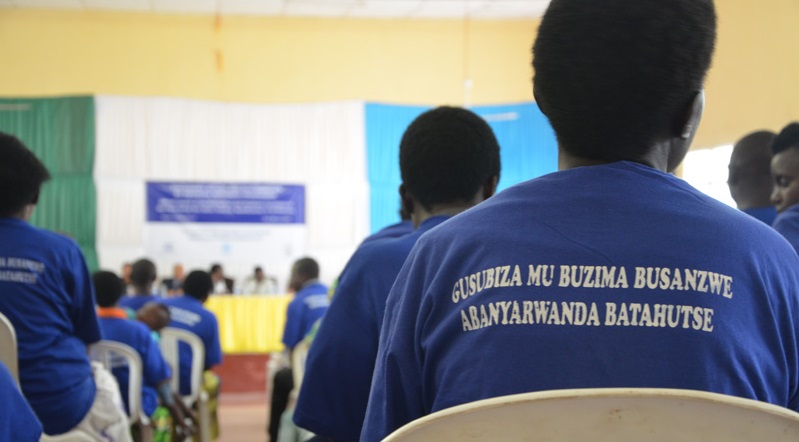
UNHCR, African host countries agree on final steps to resolve Rwandan refugee situation
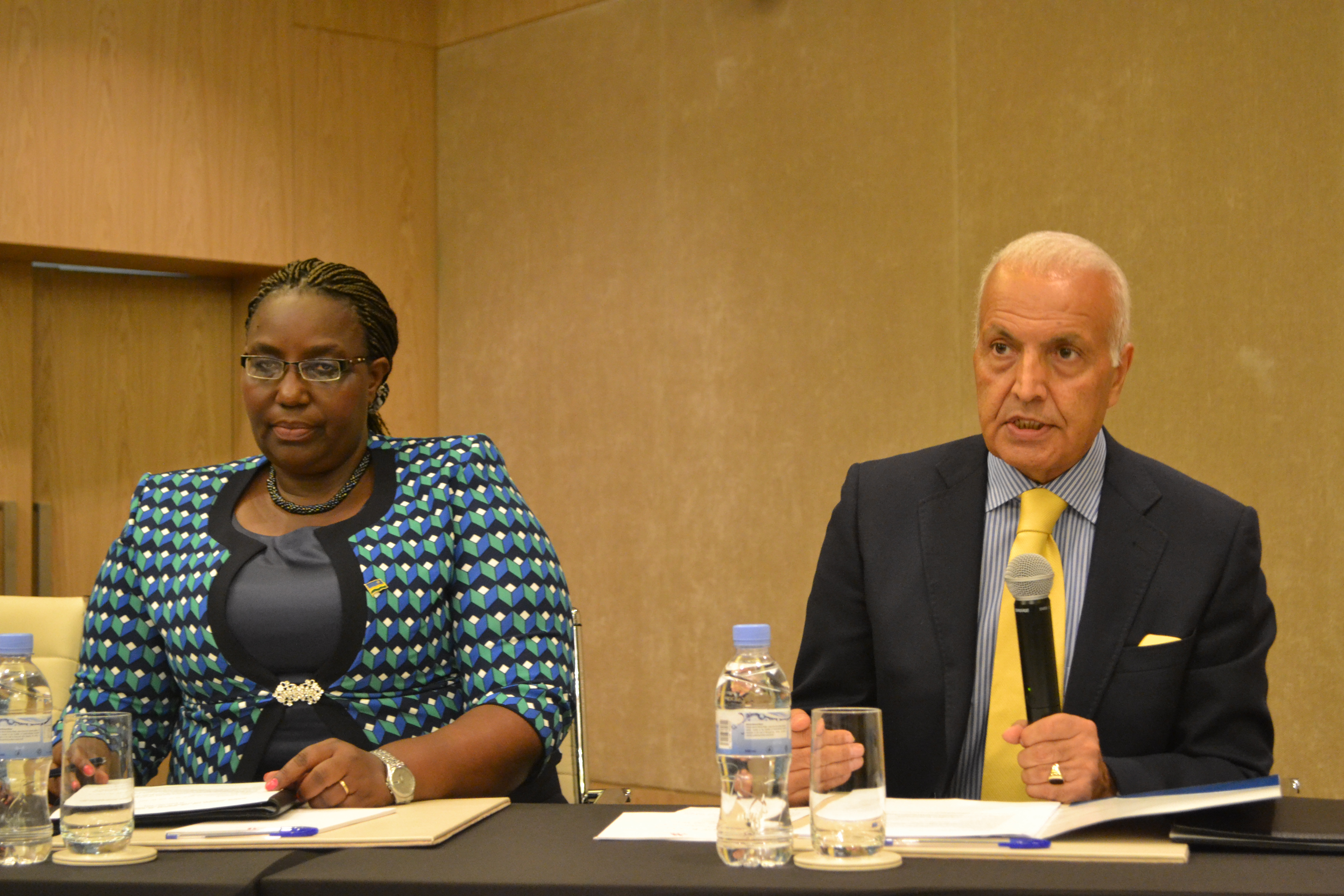
Government, UNHCR, Rwandan and international businesses, UN and NGO heads and diplomats affirm plan for inclusion of refugees in Rwanda’s national development and domestication of the sustainable development goals
